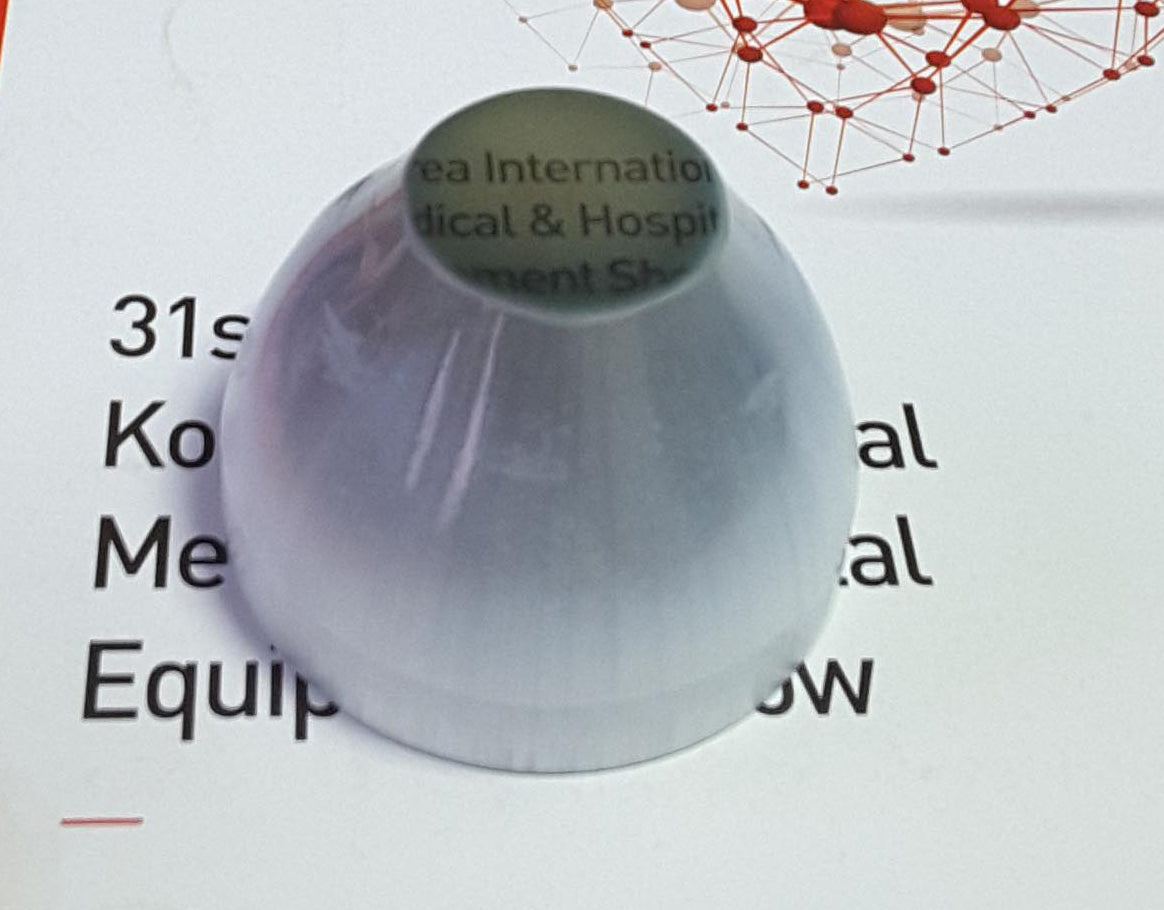Contents

Source: Incom, Inc.
Understanding Fiber-Optic Tapers
Fiber-optic tapers are a fascinating component of optical technology, utilized primarily in imaging applications. They provide the ability to manipulate image size through magnification or demagnification, depending on their design and application. This article delves into the mechanics of fiber-optic tapers, their fabrication, and their diverse applications in various fields.
What are Fiber-Optic Tapers?
A fiber-optic taper is an optical device that enables the transfer of images with varying magnification. Unlike ordinary fiber-optic plates that maintain a constant diameter, fiber-optic tapers can have varying diameters, allowing for image size adjustments. This is achieved by tapering the fiber-optic plate, which results in a change in the spacing of the fibers and consequently, the magnification of the image.
Fabrication Process
The fabrication of fiber-optic tapers involves a precise process where the ends of a long fiber-optic boule are clamped and slowly pulled apart. The middle section is heated using an electric furnace, making it malleable. As the ends are pulled, the diameter in the middle reduces, creating the taper effect. This process can be adjusted to achieve a wide range of taper ratios, which are crucial for specific applications.
Care must be taken during the fabrication process to minimize image distortions. Plates with rectangular cross-sections are particularly challenging to taper without deformation. Uniform heating and the use of special taper glass with reduced temperature dependence of viscosity can help in achieving better results.
Challenges in Fabrication
One of the main challenges in fabricating fiber-optic tapers is avoiding image distortions such as pincushion effects. Additionally, gravity can influence the tapering process, necessitating careful control of the environment and process parameters to minimize such effects. Twisting the device during tapering can also introduce image rotation, which may or may not be desirable depending on the application.
Numerical Aperture Considerations
Fiber-optic tapers typically exhibit a reduced numerical aperture (NA) due to the increased angular distribution of light in the tapered region. This reduction can lead to light loss or degradation in image quality, especially in devices with large taper ratios. The NA reduction is proportional to the diameter ratio of the two ends of the taper.
Applications of Fiber-Optic Tapers
Fiber-optic tapers are predominantly used in imaging applications where resizing of the image is required. They are crucial in transferring light from sources such as X-ray scintillator crystals to detectors like microchannel plates. Additionally, they are used to couple images from phosphor screens of image intensifiers to smaller image sensors, ensuring efficient light transfer and image clarity.
In scientific and medical fields, large input areas are often necessary. In such cases, taper arrays, which consist of multiple fiber tapers bonded side by side, are utilized. These arrays allow for large, uninterrupted image areas, overcoming the limitations of CCD sensors that do not cover their entire surface with pixels.
Conclusion
Fiber-optic tapers play a vital role in modern optical imaging technologies. Their ability to adjust image size while maintaining clarity makes them indispensable in various scientific, medical, and industrial applications. Understanding their fabrication and application can provide insights into their potential uses and the challenges involved in their production.

Source: SZPHOTON · Auf Lager
Feel free to comment your thoughts.



